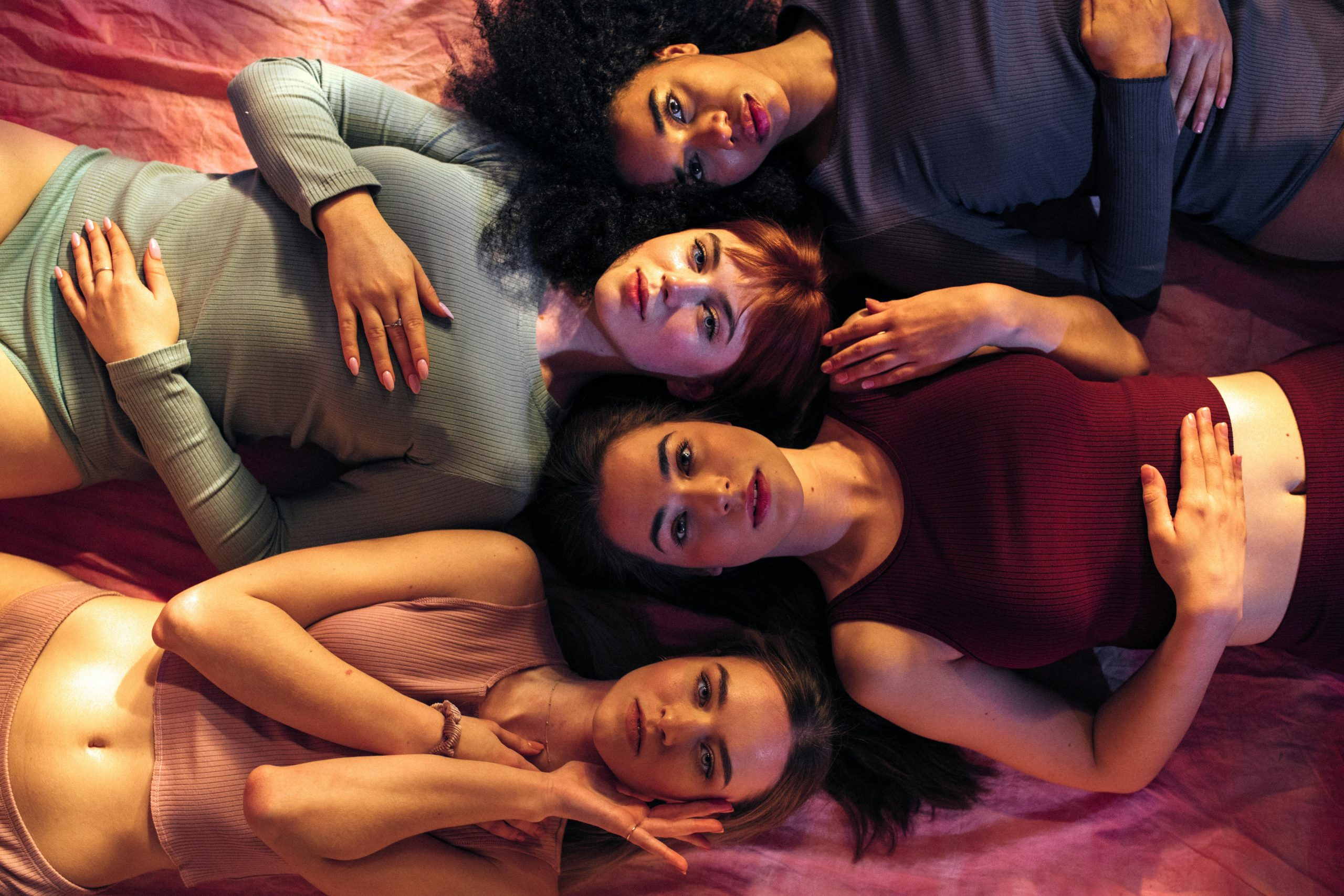Fashion and Feminism: The Politics of Women’s Clothing
When you think about fashion and feminism, you might not immediately see the connection between the two. However, the politics of women’s clothing have been at the center of the feminist movement for decades. From the suffragette’s uniform of white dresses and purple sashes to the modern-day #MeToo movement calling out the objectification of women in the media, fashion has always been a powerful tool for expressing feminist values and challenging societal norms. In this article, we will delve into the complex relationship between fashion and feminism, and how the decisions we make about our clothing can have a profound impact on society.
The Evolution of Women’s Clothing and the Feminist Movement
The history of women’s fashion is deeply intertwined with the history of feminism. Throughout the 19th and 20th centuries, restrictive and uncomfortable garments were seen as a symbol of women’s oppression and submission to the male-dominated society. From corsets designed to cinch waists and constrict breathing, to dresses that limited mobility and functionality, women’s fashion was designed with the male gaze in mind.
However, as the feminist movement gained momentum, women began to reject these restrictive garments and opt for more practical and liberating clothing. In the 1920s, the flapper style emerged, with shorter dresses and looser silhouettes, challenging traditional gender roles and societal expectations. This trend continued throughout the 20th century, with women adopting more androgynous and comfortable clothing, from trousers to power suits, as a means of rejecting gender stereotypes and asserting their independence.
The Politics of Women’s Clothing in the Workplace
One of the clearest examples of the intersection between fashion and feminism is in the workplace. For decades, women were expected to conform to strict dress codes, often involving skirts and high heels, that reinforced gender stereotypes and limited their mobility and comfort. However, in recent years, there has been a shift towards more gender-neutral dress codes, with companies like Google and Facebook adopting a more casual approach to dress in the office.
This change not only reflects the changing attitudes towards gender and equality in the workplace but also has practical implications for women. High heels, for example, have been linked to foot and back problems, making them not only uncomfortable but potentially detrimental to the health of women. By rejecting these outdated dress codes and embracing more practical and comfortable clothing, women are able to assert their power and challenge traditional gender norms in the workplace.
Fashion as a Form of Self-Expression and Empowerment
Another way that fashion and feminism intersect is through the idea of self-expression and empowerment. For centuries, women were expected to dress a certain way in order to please men and adhere to societal expectations. However, with the rise of the feminist movement, women have been able to use fashion as a means of asserting their individuality and challenging these expectations.
Whether it’s through bold statement pieces or subtle sartorial choices, women have been able to reclaim their bodies and use fashion as a way to express their values and beliefs. This can be seen in movements like “Free the Nipple,” which challenges the hypersexualization of women’s bodies, or the use of black as a symbol of solidarity and resistance in the Time’s Up and #MeToo movements. By making conscious decisions about what we wear, we are able to take control of our bodies and use fashion as a tool for empowerment.
The Problem of Fast Fashion and Its Impact on Feminism
While fashion can be a powerful tool for feminism, it’s important to also consider the harmful practices within the industry that contradict feminist values. The rise of fast fashion has led to the exploitation of predominantly female workers in developing countries and the perpetuation of harmful beauty standards and body image issues. With the pressure to constantly buy new and trendy clothing, women are often caught in a cycle of consumerism that can be damaging to their self-esteem and financial security.
Feminism is about equality and empowerment for all women, not just those who fit into the narrow beauty ideals perpetuated by the fashion industry. As consumers, we must be conscious of the impact our choices have on both the environment and the people involved in the production of our clothing. By supporting ethical and sustainable fashion, we can align our fashion choices with our feminist values and contribute to a more equitable and inclusive industry.
In Conclusion
Fashion and feminism may seem like unlikely allies, but the truth is that the two have been intertwined for centuries. From challenging gender norms and stereotypes to using clothing as a form of self-expression and empowerment, fashion has played a powerful role in the feminist movement. However, as with any societal issue, it’s important to consider the complexities and consequences of our choices, and strive towards a more ethical and inclusive future in the fashion industry.











